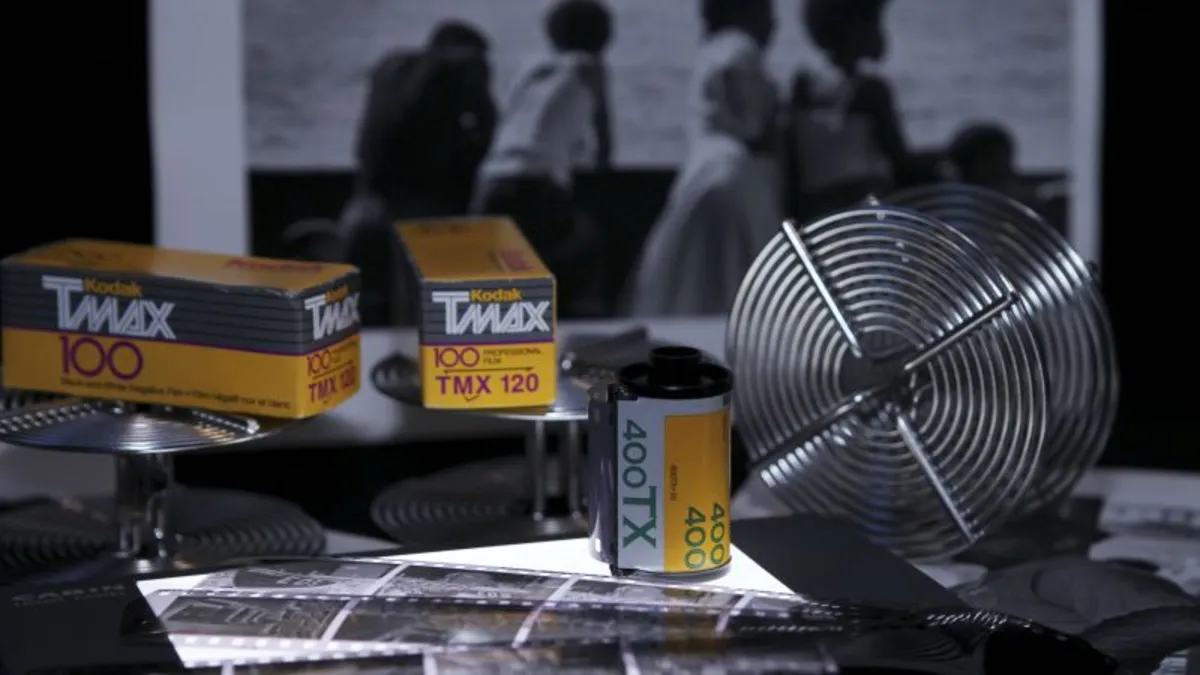
Eastman Kodak, the iconic photography company with a legacy spanning 133 years, is sounding alarm bells for its investors, indicating that it may not survive much longer. In its recent earnings report released on Monday, Kodak disclosed troubling news: the company currently lacks “committed financing or available liquidity” to address its impending debt obligations, which amount to approximately $500 million. In a formal filing, Kodak stated, “These conditions raise substantial doubt about the company’s ability to continue as a going concern.”
In an effort to generate cash and stabilize its financial situation, Kodak is planning to suspend payments associated with its retirement pension plan. Despite these challenges, Kodak asserts that it does not anticipate that tariffs will have “material impacts” on its operations, as much of its manufacturing, including products like cameras, inks, and film, occurs in the United States.
CEO Jim Continenza emphasized the company’s ongoing efforts, stating, “In the second quarter, Kodak continued to make progress against our long-term plan despite the challenges of an uncertain business environment.” However, the market reacted negatively, with shares of Eastman Kodak (KODK) plunging over 7% in premarket trading on Tuesday.
The Eastman Kodak Company was incorporated in 1892, but its origins can be traced back to 1879, when George Eastman secured his first patent for a plate-coating machine. In 1888, Eastman revolutionized photography by selling the first Kodak camera for just $25. At that time, photography was not an accessible hobby for the masses due to the technical skills and equipment required. However, the Kodak camera was designed to democratize photography, leading to Eastman’s famous slogan: “You push the button, we do the rest.”
The name “Kodak” was an invention of Eastman himself, crafted without any particular meaning: "The letter ‘K’ had been a favorite with me — it seems a strong, incisive sort of letter,” he noted. Throughout the 20th century, Kodak thrived, producing cameras and film, and at one point in the 1970s, it commanded an astonishing 90% of film sales and 85% of camera sales in the United States, according to The Economist.
Kodak’s prominence in the photography industry was further immortalized by cultural references, such as Paul Simon’s hit song “Kodachrome,” which topped the charts in 1973. However, this dominant market position was undermined by the very technology Kodak pioneered. The company introduced the first digital camera in 1975, but failed to capitalize on the digital revolution that followed. This oversight ultimately led to Kodak’s filing for bankruptcy in 2012, with debts totaling $6.75 billion and over 100,000 creditors.
In 2020, Kodak experienced a brief resurgence when the U.S. government selected it to pivot towards producing pharmaceutical ingredients. This unexpected shift led to a dramatic spike in Kodak's stock price, activating 20 circuit breakers throughout the trading session as investors reacted to the news.
The future of Eastman Kodak remains uncertain as the company navigates through significant financial challenges. As it strives to implement strategies for recovery, the photography giant's legacy hangs in the balance, raising questions about its ability to adapt to an ever-evolving marketplace.